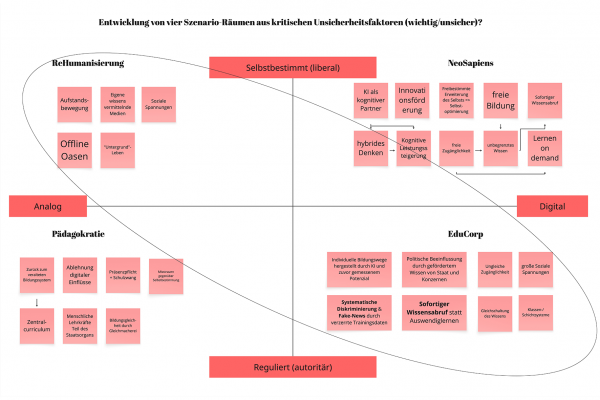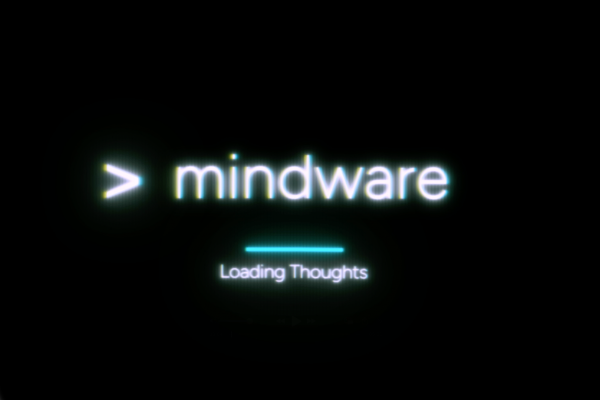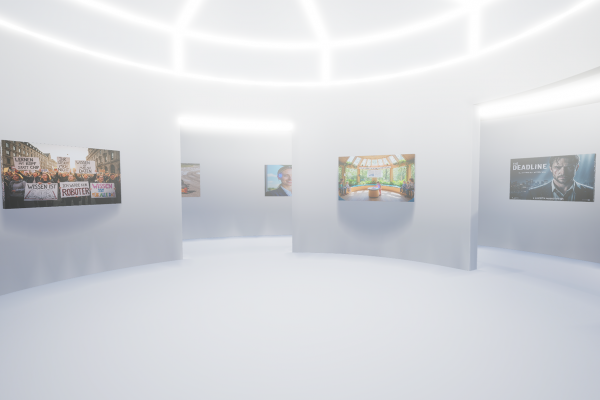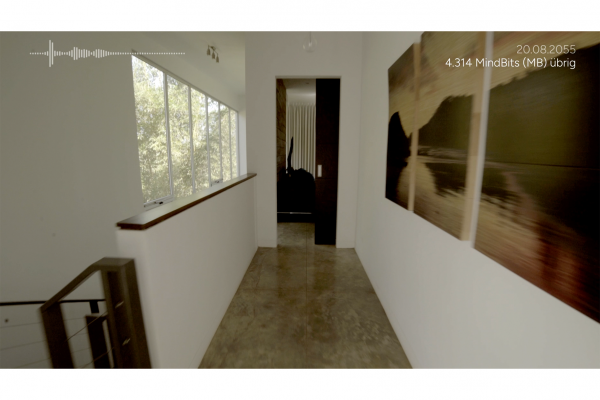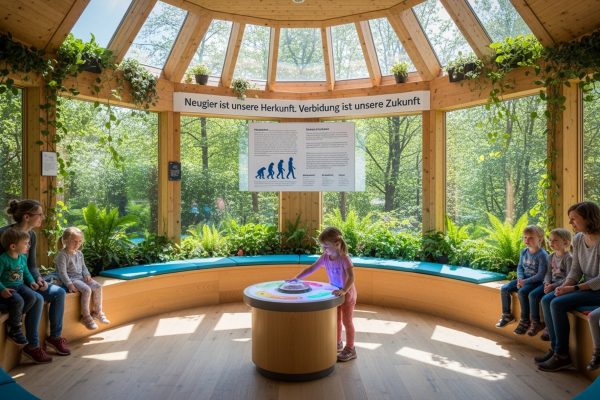Problem Statement
Knowledge has been a core resource of human civilization for centuries, forming the basis of science, culture, and progress. With the rise of artificial intelligence, however, it is undergoing a profound transformation. Generative AI reshapes how information is accessed, processed, and valued, while simultaneously challenging education, creativity, and critical thinking. It holds the promise of democratizing knowledge through instant availability but also risks deepening inequalities, reshaping work, and fostering dependency on opaque systems. At stake is how societies design fair, transparent, and human-centered knowledge structures in an age where AI redefines what it means to learn and to know.

